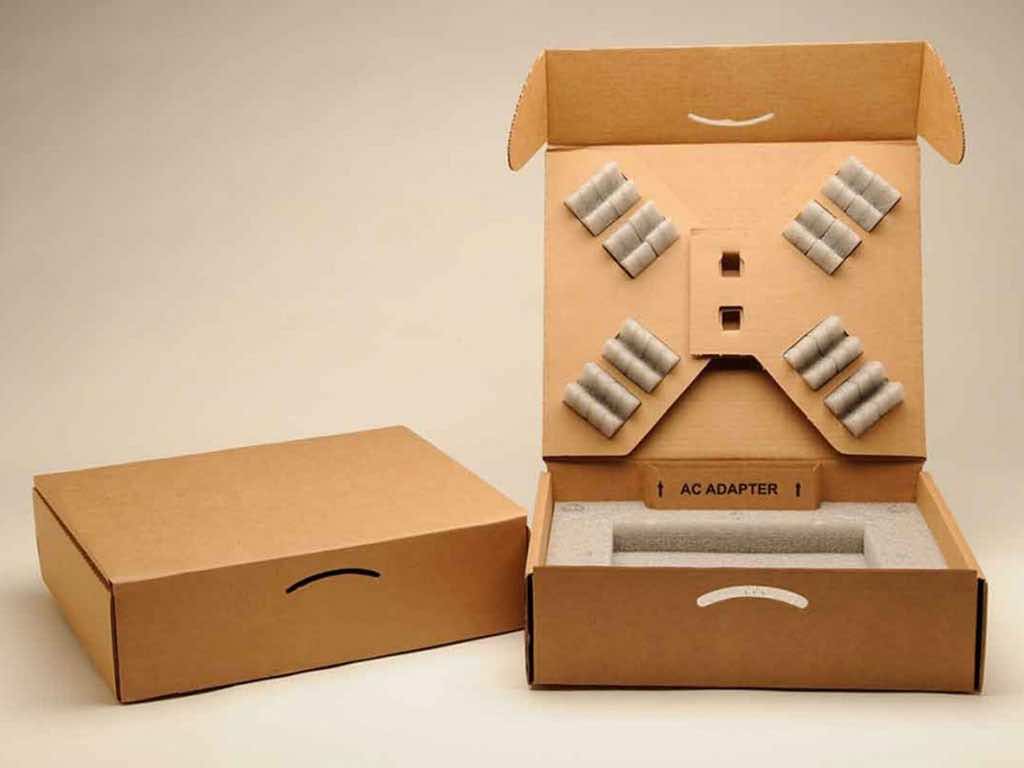
The packaging of custom boxes is one of the major contributors to pollution. Non-recyclable material of packaging fills up that landfill sites and ocean. This pollution is not only dangerous for aquatic life but also responsible for global warming.
Packaging manufacturers have been researching how to design environment-friendly packaging. Scientific researchers are urging to change the packaging actions and where it will take us if we fail to take responsibility.
Companies have now become more aware of eco-friendly packaging and its advantages.
Look at the below article to have more clarity on eco-friendly and sustainable packaging.
Here is what you need to know about the safe packaging and benefits it will bring to earth and your brand.
What is sustainable packaging?
One of the major concerns of e-commerce is packaging waste. Non-recyclable material piles up and emit tons of greenhouse gases. Sustainable packaging is all about compost, reusing and recycling packaging to maintain ecological balance. Let’s have a look at custom boxes wholesale packaging categories.
Reusable packaging:
Reusable is most safe for the environment. It tends to minimize waste by reusing the packaging again and again.
Reusable packaging is cleaned and reused multiple times. However, the feasibility of reusable packaging depends on if the Client is willing to return the packaging. Some of the reusable packagings is milk bottles, beer cans, gas cylinders, etc. Reusable packaging is very cost-effective for businesses in the long run.
Recyclable packaging:
Paper and cardboard are used in packaging. These materials are recyclable and can be completely biodegradable at the end of their life. Recyclable packaging is very commonly used these days as its safe for the environment and can be reused again and again after reforming the packaging from it again.
Compostable packaging:
The decomposing of biodegradable and compostable packaging is a lot similar but compost adds nutrients to the earth upon decomposition. Compostable material can be either decayed at home or large facilities. However, at home, it takes lots of time. Plant-based packaging peanuts, mushroom packaging are some examples of compostable packaging.
Benefits of eco-friendly packaging:
Multi-functional:
Eco-friendly materials are very versatile. They can easily meet the needs of every industry. You can use them without worrying about blocking landfills. They will naturally degrade after the use without any negative impact or you can recycle them for further use.
Decreased carbon footprint:
Eco-friendly packaging is good for the environment. It brings long term benefits for the environment by reducing the carbon footprint. Packaging made from sustainable and recyclable material has minimal effect on the environment therefore these are not detrimental to our planet.
Brings goodwill to your brand:
With the increasing global warming consumers now have a conscientious approach to save the planet? Brands that are shifting to eco-friendly packaging are considered more responsible and trustworthy. According to research, the customer said they love to pay extra for environmentally safe products. Eco-friendly packaging convinces customers about your values and once customers start to believe your values, they will stay loyal to you.
Cost-cutting;
With the growing demand for eco-friendly packaging, the competition is becoming fierce between packaging manufacturers. They offer discounts and lower prices to compete with their competitors. Eco-friendly packaging has now become the cheapest than traditional packaging.
How to make sustainable packaging:
Use eco-friendly material:
Hazardous materials like plastic should be avoided as they pollute the environment. These materials are a big threat to the eco-system and are slowly disturbing the eco-system which can have detrimental effects on living beings.
Eco-friendly materials are good alternatives and they not only save the environment but are also good in quality. Some of the sustainable materials are:
Cardboard:
Produced from trees and is 100% recyclable. It can be reused up to 20 times at least. After which it can be composted which will reduce methane emission.
Paper:
Paper is great for packaging lightweight items. Kraft is used by many product manufacturers due to its durability and environment-friendly nature. Another amazing use of paper can be an alternative to harmful bubble wrap. Fill the void space between your product and box with papers to avoid rattling and breakage.
Mushroom packaging:
Mushroom root called mycelium can be baked to turn the mold into an inert. This is great to be used as a protective cushioning and will be 100% compostable.
Compostable packaging peanuts:
Usually, packaging peanuts are made from non-biodegradable and non-recyclable polystyrene. It is very harmful to the environment. As an alternative to polystyrene non-toxic plants like corn starch can be used to fill the empty spaces.
These were a few examples of sustainable material. The list just doesn’t end here. You can find many other such materials to suit your needs.
Use exact size:
Want to be responsible for environmental? Try to focus on the optimal use of available resources. Reducing waste material will not only benefit the environment but will also save you some extra bucks.
Use packaging that can maximize transpiration ability. Use packages that can carry maximum products to save your delivery space and cost.
With time people will become aware of your brand due to your impressive logo and will want to buy food items that are provided by your brand.
Get material from trusted suppliers and creatively design it:
High-quality material means high-quality box so always purchase from most rated and trusted suppliers. Choose a supplier who is as concerned about the environment as you are. Once you are done with material the next step is designing. A creatively designed box will attract more customers. Print relevant information to equip the customer with product details they need. Label your packaging properly. Remember customer satisfaction is another name of success for the business.
Economic packaging is what you need:
Above mentioned steps, benefits and products are evident in proving that eco-friendly packaging is loved and preferred by all customers. It enhances the product’s life and reduces waste. Such packaging is low in cost but bigger in bringing benefits to the brand. With the growing trend of sustainability, it is now easily available to customers. So don’t waste your time and switch to eco-friendly packaging.
